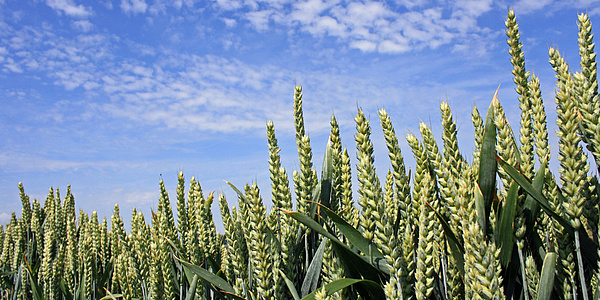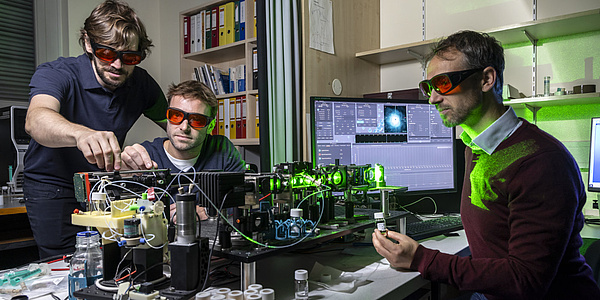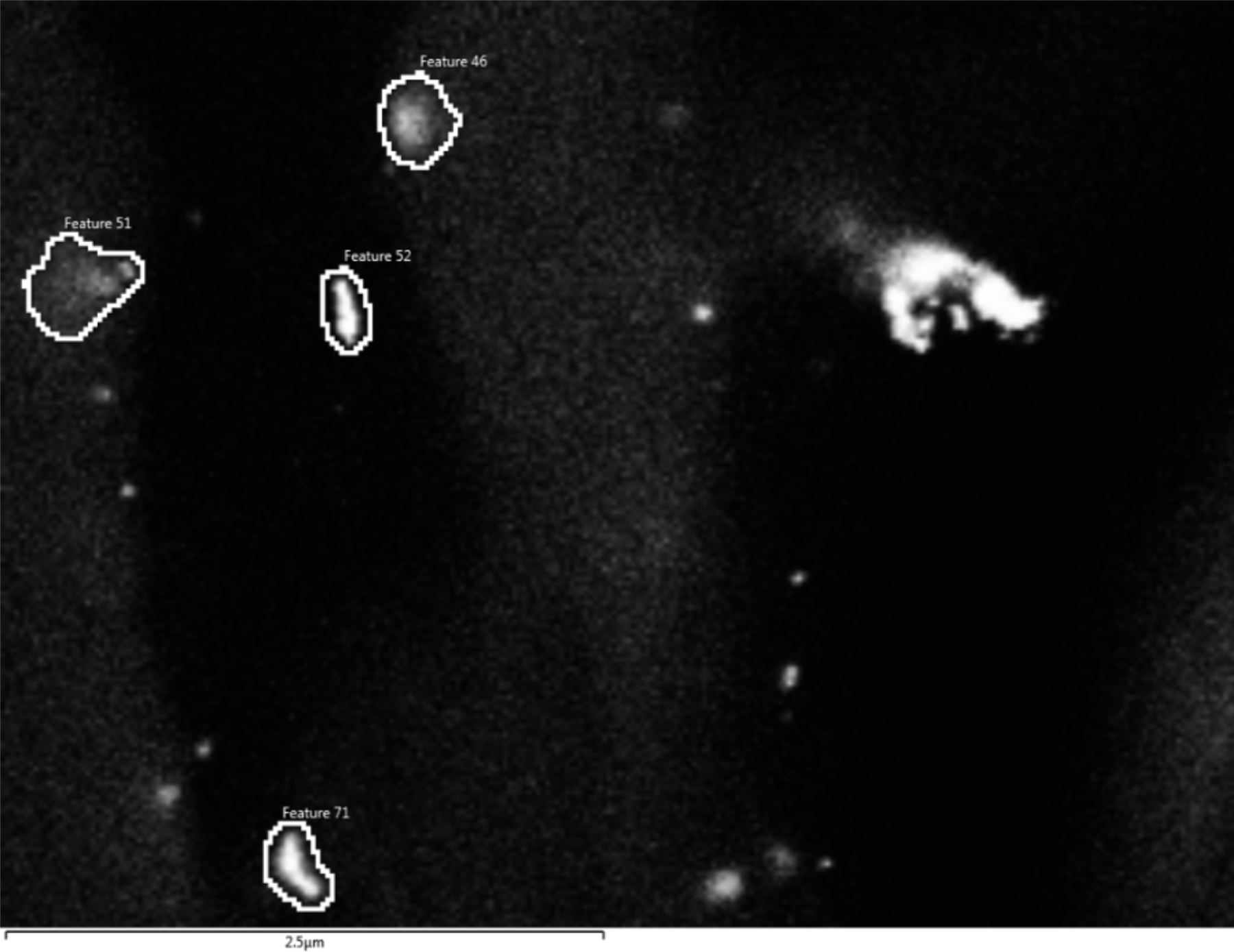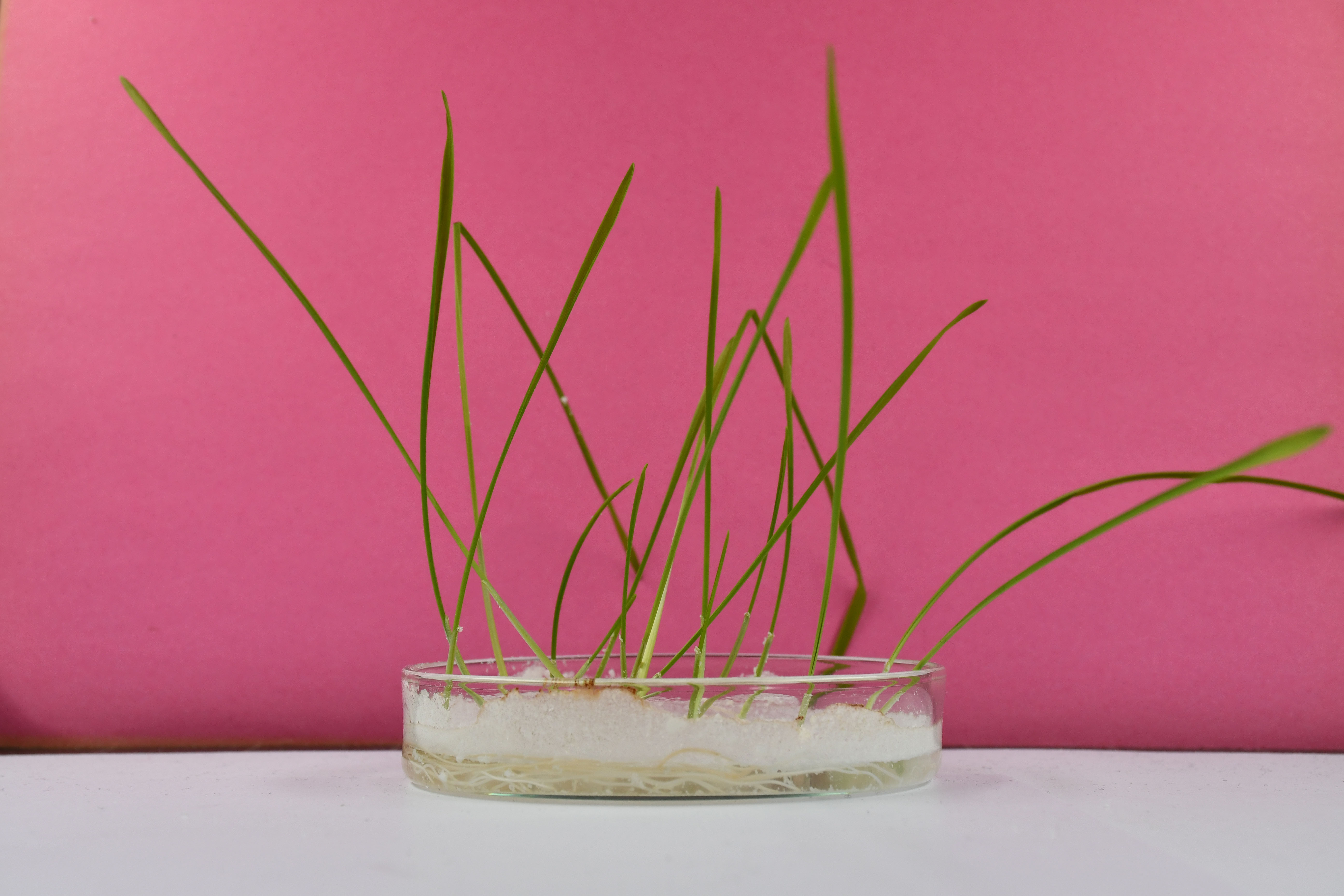Proven: Cereal Plants Absorb Nanoplastics
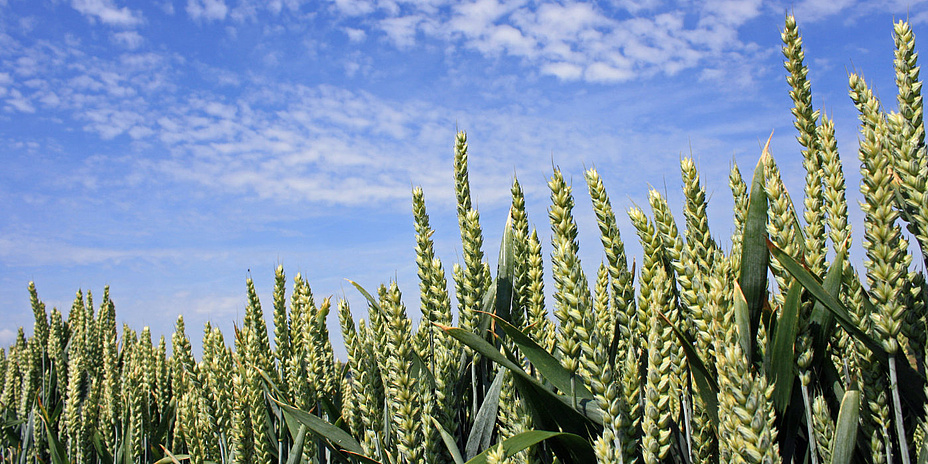
Microplastics and nanoplastics in soils are a growing environmental problem. The extent to which agricultural crops absorb these particles and whether they end up in food has so far been difficult to prove. This is because they are hard to distinguish from plant components and mineral particles, even with high-resolution microscopes. A team led by Johannes Rattenberger, who conducts research at the Institute of Electron Microscopy and Nanoanalysis at Graz University of Technology (TU Graz) and the Centre for Electron Microscopy (ZFE), has now developed a method to precisely observe the uptake of nanoplastics and their onward transport within plants. The researchers successfully applied the method in initial laboratory trials with winter wheat and were able to detect nanoplastics in the roots of the winter wheat plants.
Labelling with gold makes particles visible
For their experiments, the researchers label nanoplastic particles with tiny traces of gold. To prevent falsified test results, the gold nanoparticles are encased in plastic so that they do not come into contact with water, soil or plant roots. “Thanks to the gold labelling, the plastic particles can be clearly identified under an electron microscope,” says project manager Johannes Rattenberger. “In our experiments, we can track exactly how many plastic particles the plants absorb and how far they are transported within the plant.”
Ongoing field trials
In initial laboratory trials, the researchers grew winter wheat in planting trays whose soil contained gold-labelled plastic particles. After a few weeks, they found plastic in the roots of the young plants. “The analyses of our previous laboratory tests suggest that agricultural crops in principle absorb nanoplastics. Further research will have to show the extent to which this happens, in which particular parts of the plant nanoplastics accumulate and what differences there are between different plant species,” says Johannes Rattenberger. His team is already conducting field trials in which the cereal grains will be analysed after the harvest.
The Research Centre for Grain Processing (VG) and the Food Testing Institute (LVA) are involved in the research work that is funded by Austrian Cooperative Research (ACR). Together, the researchers want to investigate the effects of microplastics and nanoplastics on grain and flour quality and develop specific recommendations to minimise contamination.
Kontakt
Johannes RATTENBERGER
TU Graz | Institute of Electron Microscopy and Nanoanalysis
Graz Centre for Electron Microscopy (ZFE)
Phone: +43 316 873 8339
johannes.rattenberger@tugraz.at
